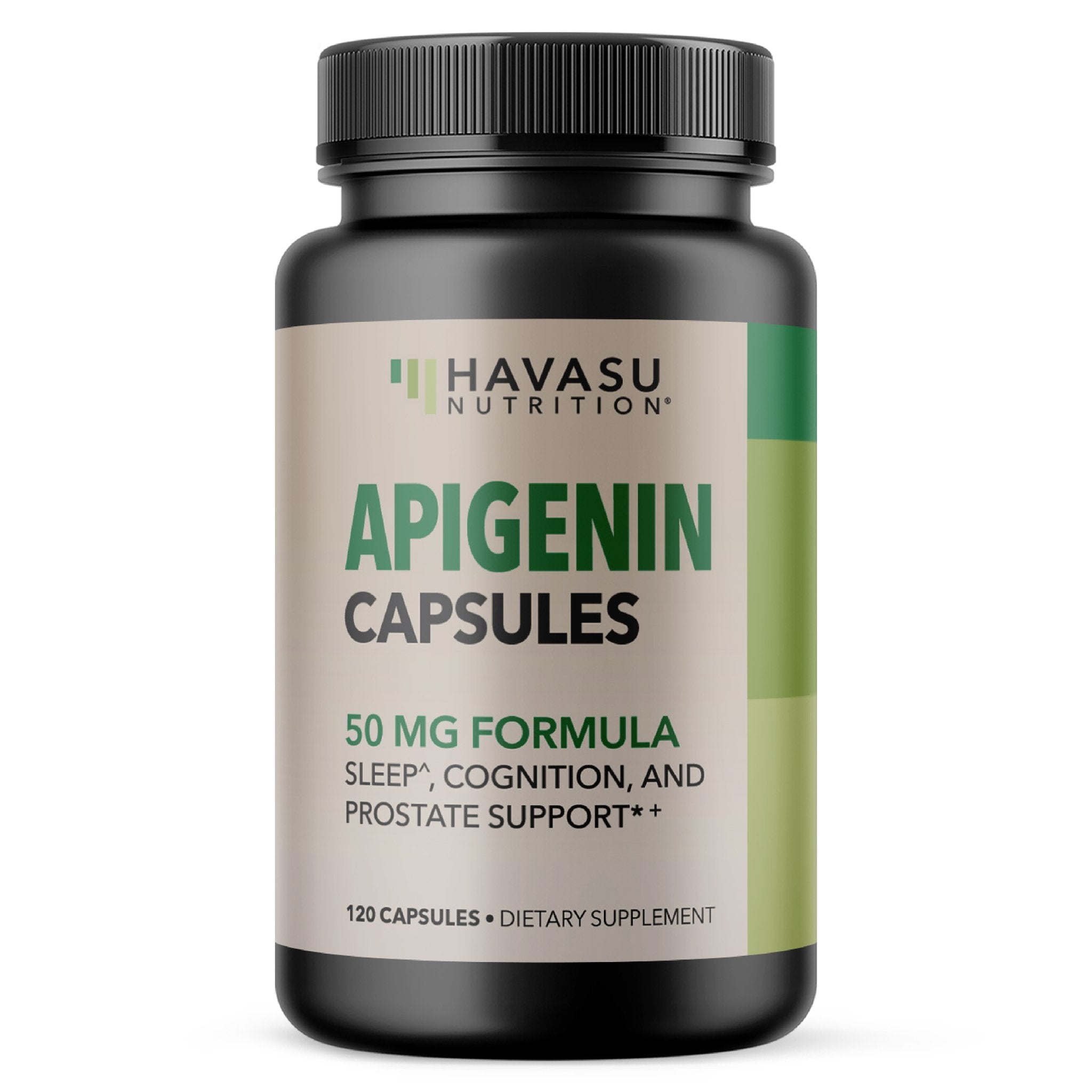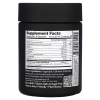Chris Hall
Level 6 Valued Member
I am fascinated that there are TWO traditional forms of biphasic sleep.Biphasic sleep theory. Speculative because we can’t go back and prove what people did, but a reasonable hypothesis. Also, there’s a good argument that preindustrial sleep averages were more like 9-10 hours per day.
Based on experiences in my longest backpacking trips, hiking in places where campfires weren’t allowed, both the biphasic sleep and 9-10 hours seems pretty plausible.
Cold climates tended to have the form being discussed - a period of wakefulness in the middle of the night
Hot climates had (and sometimes still have) the tradition of siestas.
The fact that both exist makes it seem even more likely that this is our natural way of sleeping.
I think the amazing sleep when camping is partly from the lack of artificial light, but more to do with the abundant exposure to natural light.
The bleakest cloudy day has a light level of about 1000 lux. The brightest super moon is about 0.3 lux. So in nature the dullest day is about 3000 times brighter than the brightest night. Our body clocks are left in no doubt about what is going on.
In contrast our indoor spaces are constantly at a light level that we would normally only experience around dawn and dusk.
Eg where I am it is about midday. It is a sunny day. I have two large windows near me and a sky light above me. As indoor spaces go it is VERY bright - but still only about 750lux * - less than the outdoor light on a day that we would call bleak. And even a badly lit room in the evening is probably going to reach 30 lux - 100 times as bright as a full moon. So basically if we are indoors, our body clocks are getting very confused messages about what time of day it is, and whether we should be awake or asleep.
* measured on the light meter app on my phone which I installed entirely because I am such a big nerd about this topic.




